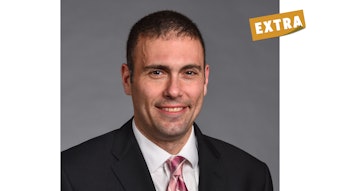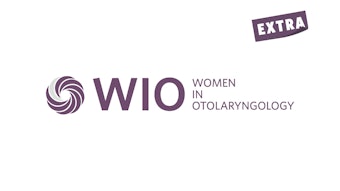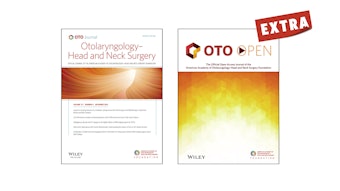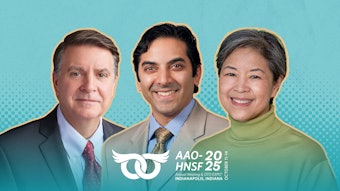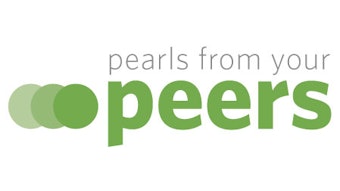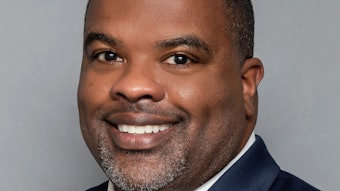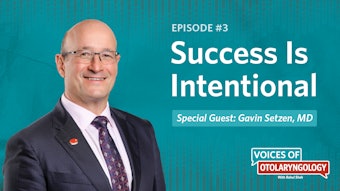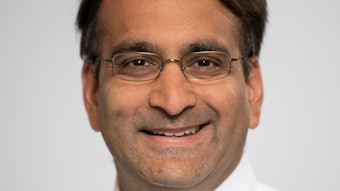Clinical Communication in the Electronic Medical Record
Best practices for balancing patient expectations, safety, and physician burnout.
Anirudh Saraswathula, MD, MS, Kaitlyn Frazier, MD, Gregory Ator, MD, committee members, and Soham Roy, MD, MMM, committee chair, on behalf of the Patient Safety and Quality Improvement Committee

Patient Portals Bring Connection at a Cost
In recent years, online patient portals such as Epic Systems’ MyChart have allowed patients to message questions and updates to clinicians directly. There is no doubt that this has improved patient access to care. However, the high volume of messages requiring clinician attention, particularly outside office hours, has come with rising rates of burnout and exhaustion. The evidence in this area is strongest in the primary care literature. Patient portal messages in primary care at the University of Wisconsin increased 62% from 2013 to 2016.1 Surgical specialties are also seeing these trends, with a study from Vanderbilt University showing a 200% increase in monthly message volume after launching an EMR. In this study, otolaryngology made up 20% of the message volume at the institution.2
Although patient expectations have certainly shifted in the last few years, demanding faster and more personalized messaging, provider burnout has risen in parallel. The evidence for rising burnout connected to higher message volumes is strong. In a study of primary care practices in an academic system in San Francisco, clinicians with more than 307 messages per clinical FTE per week (highest quartile) were six times more likely to have exhaustion than those with fewer than 147 messages (lowest quartile).3
There is a strong connection between burnout and after-hours use of the EMR, including spending significant time on the EMR at home (six or more hours per week) or over one and a half hours on the EMR outside of the workday.4 Sadly, the average physician spends one to two hours daily on EMR documentation and correspondence outside office hours.5 With this additional work, the EMR inbox has effectively become a second set of patients for clinicians to manage alongside their scheduled ones. New secure messaging platforms such as TigerConnect or Epic Systems’ Epic Chat are now available on the inpatient side, significantly increasing the number of clinical messages physicians receive about admitted patients.
Patient Safety and EMR Communication
Along with the risks of burnout from the clinician's side, these changes in EMR communication have brought several safety concerns. In our own practices, we have seen a concerning discordance between the priority and content of messages on these platforms. Discharge paperwork and other documentation issues have been raised to “high priority” messages and direct phone calls. At the same time, changes in airway status or vital signs have been sent as regular priority messages. Surgeons and surgical residents do not live on the EMR, as we perform procedures and operations often requiring significant time away from our workstations or phones. When we return to our devices, we face a deluge of messages. With the sheer volume, life-threatening concerns can be missed amid the sea of “thank you” responses and non-urgent requests. Tone and urgency are also difficult to convey in text format, which can add to the challenges in triaging and prioritizing attention.
The National Academy of Medicine (formerly the Institute of Medicine), in its landmark 2001 report, “Crossing the Quality Chasm,” laid out six domains of high-quality healthcare: safety, efficacy, efficiency, equity, patient-centeredness, and timeliness.6 In our practices, we noted several incidents where the communication system strained our ability to live up to these standards. In one case, a parent contacted the clinic after her daughter had a small lip mucocele removed earlier that day. The patient had chewed through the absorbable sutures and the wound had dehisced. This issue was communicated to the surgeon via a non-urgent in-basket message. Although the patient was ultimately seen and taken care of the same day, it is dubious whether the communication system promoted care that was truly safe, efficient, timely, or patient-centered. In the inpatient setting, nurses and clinicians from other teams have sent non-urgent messages notifying our otolaryngology teams about new onset stridor, dyspnea, or tracheostomy decannulation. Many surgeons we have spoken to have shared similar, frustrating stories.
Best Practices for Clinical Communication
Modern EMR tools offer an excellent opportunity to improve care access while prioritizing patient-centeredness and improving care efficiency. On the outpatient side, effective message management starts with triage, allowing office staff to review and handle messages that do not require physician or APP medical judgment. This triage process should be designed so physicians can reliably depend on it to capture the critical messages discussed above. Although tools such as smart phrases and scripts can assist, the key to success is building strong trust and providing thorough training to empower clinic staff to make sound judgments.
AI tools are coming onto the market that can support this triage process, but “hallucinations” are still common. Hallucinations are situations where large language model-based AI software generates nonsensical, meaningless, or simply wrong text outputs to certain prompts. These models must, therefore, still be used with caution. When messages must be escalated to the physician, we recommend using a standardized and concise communication format, such as the “SBAR” method—situation, background, assessment, and recommendation. Communication on these platforms should always be clear and to the point. If a conversation becomes lengthy, consider switching to a phone call or scheduling a patient visit (including telemedicine) to ensure that communication remains clear and effective.
Although the same principles apply, inpatient communication brings different challenges. Because it takes place within the broader hospital or health system landscape, this is a more challenging problem because the team is much larger and involves the engagement of more personnel who are frequently not part of the “core care team.” Often, the first step is to establish clear communication protocols. Clinicians at all levels should understand the context—such as urgency, care site, and service line—when choosing between appropriate communication platforms like staff messages, email, secure chats, paging, or phone calls. Closed-loop communication, where a message is not considered resolved until the recipient acknowledges the communication from the sender, ensures critical information is appropriately handed off. Communication methods also need to have redundancy. Back-ups must be available when clinicians are unavailable (e.g., scrubbed into surgery) so that time-sensitive information gets to the right team without delays. Ideally, all communication should occur in a single system, avoiding multiple pathways to produce and receive a message. Getting communication right requires strong institutional leadership and memory, cultural norms, and team trust among clinicians and staff.
Future Directions
As otolaryngologists, we care for patients whose conditions often require prompt and clear communication. Although the recent evolution of clinical communication platforms has introduced challenges to patient safety and clinician wellness, the Academy and its members have a valuable opportunity to positively influence the direction of the field. We can develop and promote best practices and advocate for policy and reimbursement changes that support clinicians in managing inboxes and communicating safely. Some of the troubling trends in physician wellness are unsustainable. To support our physician workforce while ensuring patients receive timely, patient-centered care, we must adopt a balanced approach—communicating clearly, thoughtfully utilizing new technologies, and setting appropriate patient expectations.
References
- Hauer A, Waukau HJ, Welch P. Physician Burnout in Wisconsin: An Alarming Trend Affecting Physician Wellness. WMJ Off Publ State Med Soc Wis. 2018;117(5):194-200.
- Shenson JA, Cronin RM, Davis SE, Chen Q, Jackson GP. Rapid Growth in Surgeons’ Use of Secure Messaging in a Patient Portal. Surg Endosc. 2016;30(4):1432-1440. doi:10.1007/s00464-015-4347-y
- Budd J. Burnout Related to Electronic Health Record Use in Primary Care. J Prim Care Community Health. 2023;14:21501319231166921. doi:10.1177/21501319231166921
- Li C, Parpia C, Sriharan A, Keefe DT. Electronic medical record-related burnout in healthcare providers: a scoping review of outcomes and interventions. BMJ Open. 2022;12(8):e060865. doi:10.1136/bmjopen-2022-060865
- Gaffney A, Woolhandler S, Cai C, et al. Medical Documentation Burden Among US Office-Based Physicians in 2019: A National Study. JAMA Intern Med. 2022;182(5):564-566. doi:10.1001/jamainternmed.2022.0372
- Institute of Medicine (US) Committee on Quality of Health Care in America. Crossing the Quality Chasm: A New Health System for the 21st Century. National Academies Press (US); 2001. Accessed December 1, 2024. http://www.ncbi.nlm.nih.gov/books/NBK222274/
